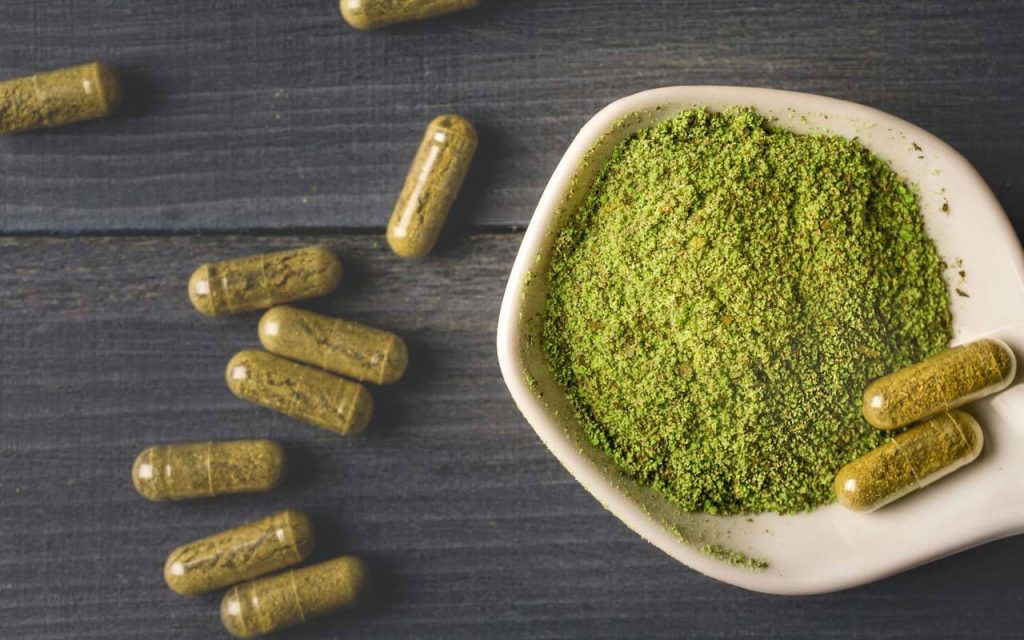Kratom, a tropical plant native to Southeast Asia, has gained attention for its various uses and potential therapeutic benefits, though it remains a subject of debate and research. The plant, scientifically known as Mitragyna speciosa, has been utilized in traditional medicine for centuries, primarily in countries like Thailand, Indonesia, and Malaysia. Its leaves contain active compounds, primarily mitragynine and 7-hydroxymitragynine, which interact with the body’s opioid receptors, offering a range of effects from stimulant-like stimulation to sedative-like relaxation depending on the dosage. At lower doses, kratom is often reported to have stimulating effects, enhancing energy, alertness, and sociability. Users might experience increased motivation and improved focus, which can be beneficial for tasks requiring sustained mental effort. This stimulating effect is often compared to the effects of caffeine, making it popular among those seeking a natural alternative for enhancing productivity and mental clarity. Conversely, at higher doses, kratom can produce sedative effects, akin to opioid pain relievers. Users may experience pain relief, relaxation, and a sense of well-being.

This sedative effect has led to kratom’s use as a natural remedy for chronic pain conditions, with some individuals using it as an alternative to conventional pain medications. The strategies for using kratom effectively depend largely on the user’s goals and the specific effects they seek. For stimulant effects, users typically consume kratom in smaller doses, generally ranging from 1 to 5 grams. The key to achieving the desired stimulating effect lies in the careful selection of the kratom strain and dosage, as different strains offer varying effects. For instance, strains like White Vein and Green Vein are commonly associated with more stimulating and energizing effects, whereas strains like Red Vein are preferred for their calming and pain-relieving properties. On the other hand, for those seeking the sedative and analgesic effects of kratom, higher doses, usually ranging from 5 to 15 grams, are often used. It is important to note that the effects of kratom can vary widely based on individual tolerance, body weight, and overall health.
Therefore, starting with a low dose and gradually increasing as needed help users find their optimal dose while minimizing potential adverse most popular kratom brands. Despite its potential benefits, kratom is not without risks and controversies. There are concerns about its safety profile, particularly regarding dependency and withdrawal issues similar to those associated with opioids. The plant’s legality varies by region, with some countries and states imposing restrictions due to these safety concerns. Additionally, scientific research on kratom is still limited, and more studies are needed to fully understand its long-term effects and potential therapeutic applications. In summary, kratom’s uses and strategies are multifaceted, with its effects ranging from stimulating to sedative depending on the dose and strain. While it offers potential benefits for energy and pain relief, users should approach it with caution and be mindful of the legal and health implications associated with its use.